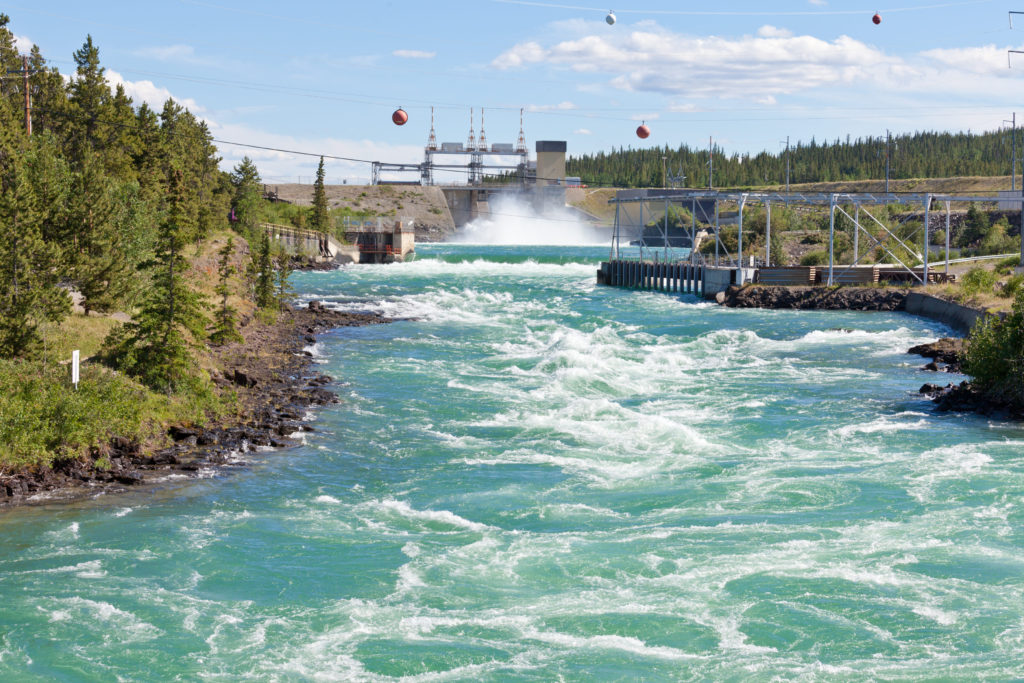Intra-seasonal variation of rainfall and climate characteristics in Kabul river basin
Jamal Abdul Naser Shokory1,2*, Jun-ichiro Giorgos Tsutsumi2, Hiroyuki Yamada3,Bjørn Kløve4
1 Department of Water Resources, Researches Organization for Development (ROD), Afghanistan.
2 Department of Civil Engineering and Architecture, University of the Ryukyus, Japan
3 Department of Physics and Earth Sciences, University of the Ryukyus, Japan
4 Water Resources and Environmental Engineering, University of Oulu, Faculty of Technology
* Corresponding author: jamalnaser.shokory@gmail.com
Scientific Article

Abstract
In Afghanistan, spring and summertime flash floods result in 54.3% of all natural disasters with an average annual economic loss of US$92.17 million between 1990 and 2014. Knowledge of climate and rainfall periodicity are urgently needed for urban and rural land use and infrastructure planning, and their flood protection. In this study, the Thornthwaite equation was used to determine the seasonal characteristics of dry and wet periods. Spectral Analysis of precipitation was carried out to search for periodicities and intraseasonal oscillations of rainfall within the Kabul River Basin. The analysis is based on data obtained from 49 ground-base stations with three parameters (precipitation, relative humidity, and temperature) for an 8-year (2006-2013) and 5-year (2009-2013) record. Five years weather maps made from JRA-55 (55 year Japan Reanalysis data) were used to recognize the moisture trajectory in each season.The results indicated that Kabul River Basin is divided into three parts with distinct climate regions as Central, Northern, and Eastern parts. The Weather maps of relative humidity with wind arrows showed the origins and pathways of air masses leading to heavy rainfall from the Arabian Sea and the Caspian Sea approaching from the west and northwest of Afghanistan in winter and spring season, corresponding to 10-day spectral peaks. In summer and autumn, influences of South Asian summer monsoon were recognized by 6-8 days of oscillation with different density in each station, where it was much significant in the Eastern part.
Download the articleReferences
- Prevention Web.net. Afghanistan 2015. Available at: http://www.preventionweb.net/countries/afg/data/.
- Lashkaripour, G. R., Hussaini, S. A., 2008. Water resource management in Kabul river basin, eastern Afghanistan. The Environmentalist, 28(3), pp. 253-260.
- AQUATIC: Afghanistan Training & Water Data Security, online: http://aquaticinformatics.com/blog/business/water-data-security/ (visited 29.12.2015).
- Jamal Abdul Naser, S., Jun-ichiro, T., Ryo, N., 2015. Climate change impacts on water resources in Kabul River Basin, Afghanistan, WECC 2015 Conference, PS 3-3-25. Available at: http://www.jfes.or.jp/wecc2015/program/poster/dec_1.html.
- Houben, G., Niard, N., Tunnermeier, T., Himmelsbach, T., 2009. Hydrogeology of the Kabul Basin (Afghanistan), part I: Aquifer and hydrology. Hydrogeology Journal, 17, pp. 665–677.
- World Bank, 2010. Afghanistan, scoping strategic options for development of the Kabul River Basin, a multisectoral decision support system approach. The World Bank, 130 pp.
- Met_RQ Weather Page: JRA-55 West Asia. Available at: http://w3.u-ryukyu.ac.jp/met_rq/weather/weather_jra55_indo.html (visited 02.06.2015).
- FAO, 2010. Effective rainfall and its significance. Available at: http://www.fao.org/docrep/x5560e/x5560e02.htm (visited 29.Dec.2015).
- Watson, I., 1993. Hydrology: An environmental approach, CRC Press, pp. 420-439.
- Schulz, M., and Stattegger, K., 1997. Spectral analysis of unevenly spaced paleoclimatic time series: Computers and Geosciences, 23, pp. 929-945.
- Hasselmann, K., 1976. Stochastic climate models: Part I. Theory, Tellus, 28(6), pp. 473-485.
- Schulz, M., Mudelsee, M., 2002. REDFIT: estimating red-noise spectra directly from unevenly spaced paleoclimatic time series. Computers and Geosciences 28.3, pp. 421-426.
- Joshi, M. K., Pandey, A. C., 2011. Trend and spectral analysis of rainfall over India during 1901–2000, Journal of Geophysical Research 116 (D6), Atmospheres (1984–2012), pp. 1-13.
- Kishtwal, C. M., Krishnamutri, T. N., 2001. Diurnal variation of summer rainfall over Taiwan and its detection using TRMM observations. Journal of Applied Meteorology, 40, pp. 333-344.
- Luk, K. C., Ball, J. E., Sharma, A., 2001. An application of artificial neural networks for rainfall forecasting, Mathematical and Computer Modelling, 33, pp. 683-693.
- Seneviratne, S.I., Nicholls, N., Easterling, D., Goodess, C. M., Kanae, S., Kossin, J., Zhang, X. (2012), “Changes in climate extremes and their impacts on the natural physical environment. Managing the risks of extreme events and disasters to advance climate change adaptation”, Technical Report, IPCC, 109-230